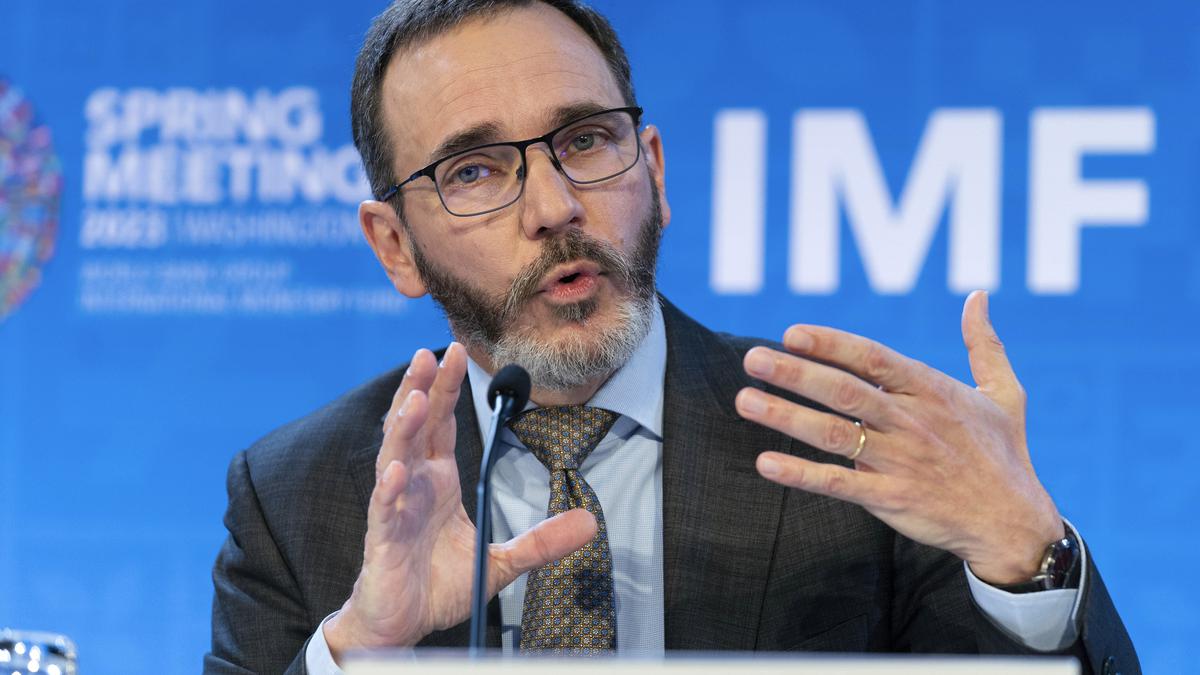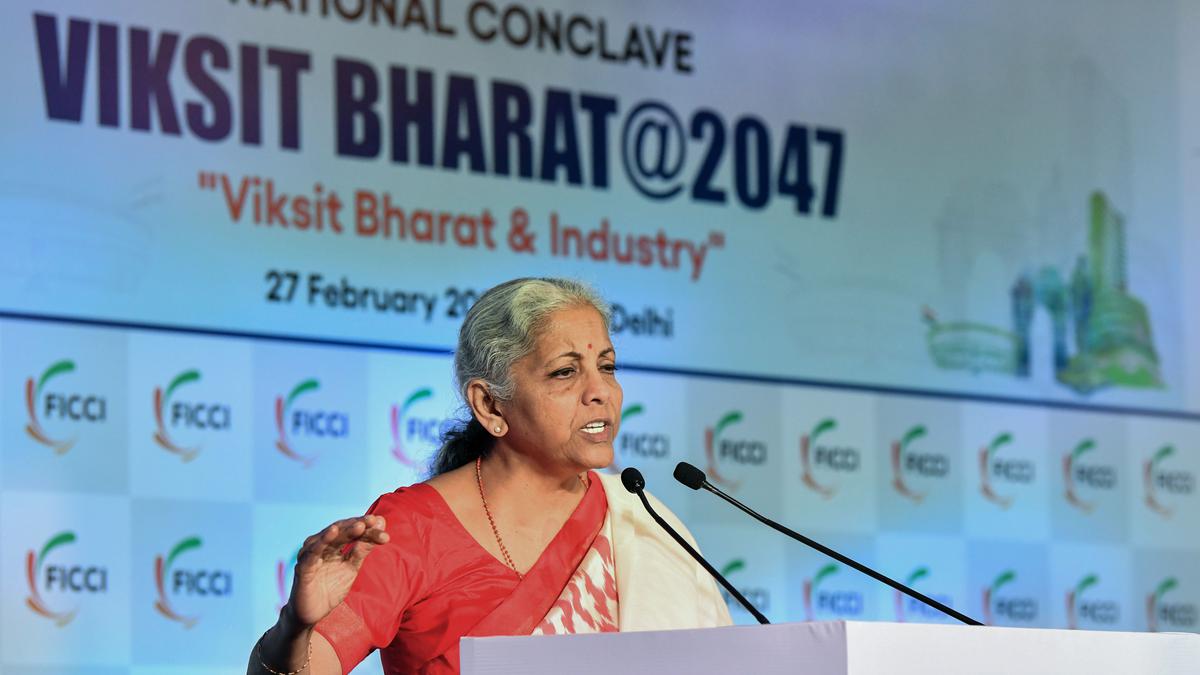For representative purposes
| Photo Credit: Getty Images
The story so far: The failure of private investment, as measured by private Gross Fixed Capital Formation (GFCF) as a percentage of gross domestic product (GDP) at current prices, to pick up pace has been one of the major issues plaguing the Indian economy. Private investment witnessed a steady decline since 2011-12 and the government has been hoping that large Indian corporations would step in and ramp up investment. In fact, in 2019, the Centre slashed corporate taxes from 30% to 22% hoping that the move would encourage private investment.
What is GFCF and why does it matter?
GFCF refers to the growth in the size of fixed capital in an economy. Fixed capital refers to things such as buildings and machinery, for instance, which require investment to be created. So private GFCF can serve as a rough indicator of how much the private sector in an economy is willing to invest. Overall GFCF also includes capital formation as a result of investment by the government.
GFCF matters because fixed capital, by helping workers produce a greater amount of goods and services each year, helps to boost economic growth and improve living standards. In other words, fixed capital is what largely determines the overall output of an economy and hence what consumers can actually purchase in the market. Developed economies such as the U.S. possess more fixed capital per capita than developing economies such as India.
What is the trend seen in private investment in India?
In India, private investment began to pick up significantly mostly after the economic reforms of the late-1980s and the early-1990s that improved private sector confidence. From independence to economic liberalisation, private investment largely remained either slightly below or above 10% of the GDP. Public investment as a percentage of GDP, on the other hand, steadily rose over the decades from less than 3% of GDP in 1950-51 to overtake private investment as a percentage of GDP in the early 1980s. It, however, began to drop post-liberalisation with private investment taking on the leading role in fixed capital formation.
The growth in private investment lasted until the global financial crisis of 2007-08. It rose from around 10% of GDP in the 1980s to around 27% in 2007-08. From 2011-12 onwards, however, private investment began to drop and hit a low of 19.6% of the GDP in 2020-21.
Why has private investment fallen?
Many economists in India have blamed low private consumption expenditure as the primary reason behind the failure of private investment to pick up over the last decade, and particularly since the onset of the pandemic. Their reasoning is that strong consumption spending is required to give businesses the confidence that there will be sufficient demand for their output once they decide to invest in building fixed capital. Hence these economists have advised that the government should put more money into the hands of the people to boost consumption expenditure, and thus help kick start private investment.
Historically, however, an increase in private consumption has not led to a rise in private investment in India. In fact, a drop in consumption spending has boosted private investment rather than dampening it. Private final consumption expenditure dropped steadily from nearly 90% of GDP in 1950-51 to hit a low of 54.7% of GDP in 2010-11, which was a year prior to when private investment hit a peak and began its long decline. And since 2011-12, private consumption has risen while private investment has witnessed a worrying fall as a percentage of GDP. The inverse relationship between consumption and investment is likely because the money that is allocated towards savings and investment, either by the government or by private businesses, comes at the cost of lower consumption expenditure.
Other economists believe that structural problems may likely be the core reason behind the significant fall in private investment as a percentage of GDP over the last decade or so. They have cited unfavourable government policy and policy uncertainty as major issues affecting private investment. The rise in private investment in the 1990s and the 2000s correlated with the economic reforms programme started in 1991. The drop in private investment, on the other hand, correlated with the slowdown in the pace of reforms in the last two decades under both the UPA (second term) and NDA governments. Further, policy uncertainty can discourage private investment as investors expect stability to carry out risky long-term projects.
What about low private investment?
The biggest cost of low private investment would be slower economic growth as a larger fixed capital base is crucial to boost economic output. The push by the government to increase government investment is also seen as a negative by some who believe that it crowds out private investment.
Others, however, think that government investment compensates for the lack of private investment. It should be noted, however, that private investors are considered to be better allocators of capital than public officials, helping avoid wasteful spending. Further, taxes imposed to raise money for public spending can be a significant drag on the economy.



